Water that flooded a Fife park for several weeks after Storm Gerrit was likely contaminated by sewage.
A monitor at Haugh Park in Cupar recorded seven hours of sewage discharge into the River Eden on the day of the storm
The torrential rain caused the river that runs through the town to burst its banks.
And the standing water then covered the park throughout January and into February.
The sewage dump on December 27 was one of more than 180 incidents recorded at the Haugh Park monitor last year.
And figures published by Scottish Water reveal a 22-fold increase in sewage dumping in north east Fife in 2023, compared to the previous year.
Sewage dumped almost 300 times at three locations
Water companies are allowed to discharge a limited amount of excess sewage into the sea and rivers during intense rainfall.
However, last year there were 291 recorded incidents at the River Eden, St Andrews West Sands and St Andrews Harbour.
That compared to just 13 incidents in 2022.
Along with the significant increase in dumping at Haugh Park, the monitors showed:
- 37 recorded incidents at St Andrews Harbour, totalling 1,186 hours. One event started on August 13 and lasted for 203 hours and 17 minutes.
- 74 recorded incidents of sewage dumping at the Bruce Embankment site in St Andrews.
North East Fife MP Wendy Chamberlain said the true number of discharges were likely to be much higher.
Sewage discharge ‘unacceptable and concerning’
The Liberal Democrat MP said: “These figures only include sewage dumping at three monitored sites.
“The huge increases in sewage dumping in north east Fife are unacceptable and concerning.
“People expect our waterways and beaches to be kept clean but Scottish Water is failing to meet that basic standard.”
Scottish Water says the higher number of overflows last year was due to higher rainfall.
And more than half of those recorded were at locations were the water had been treated.
Scottish Water says rivers are in good health
Most of the UK has a combined sewerage system where both rainwater and waste water – water from toilets, bathrooms and sinks – are carried in the same pipes.
But the system is designed to overflow during heavy rain to avoid the flooding of homes and roads.
Scottish Water says 99% of its overflows are rainwater, surface water, road run-off and trade effluent.
And director of environment, planning and assurance, Professor Simon Parsons insists Scotland’s rivers and water environment is in good health.
“We continue to be on track to deliver improvements across our waste water system including installing 1,000 additional monitors at discharge locations,” he said.
‘We are playing our part’
He added, however: “We anticipate as the climate changes that rainfall will continue to overload our sewers.
“We are working with partners across Scotland to deliver new ways of managing surface water.”
“We recognise releasing waste water, even occasionally, into Scotland’s rivers and seas is a concern to people.
“And we are playing our part in fully informing the public, as well as improving infrastructure.”
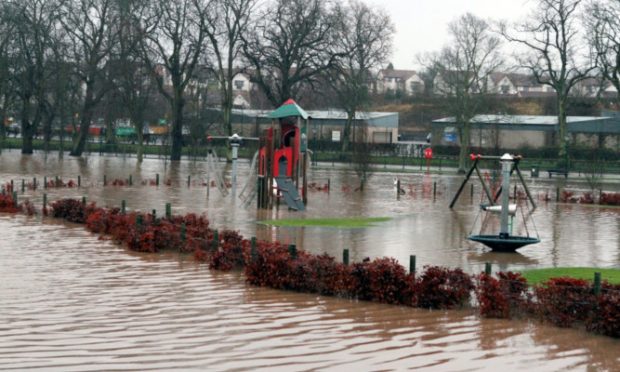
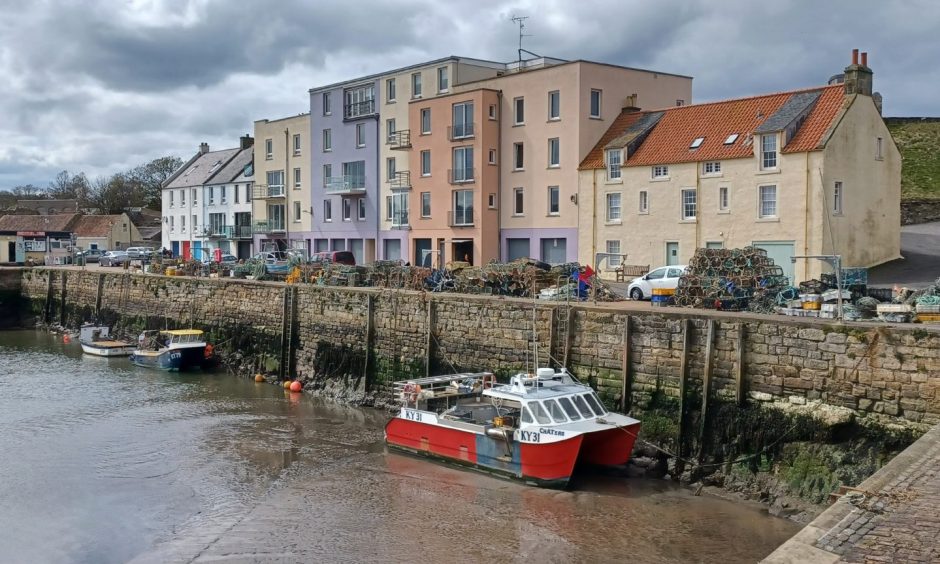
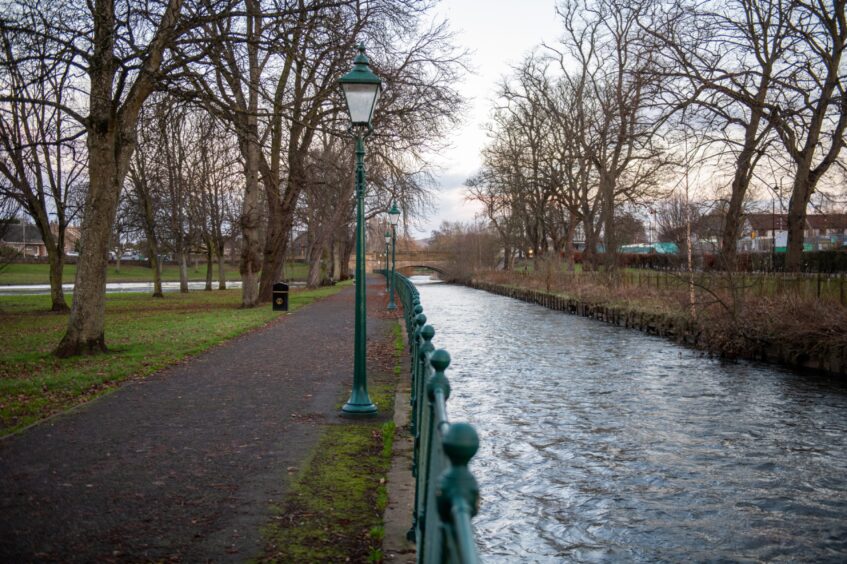

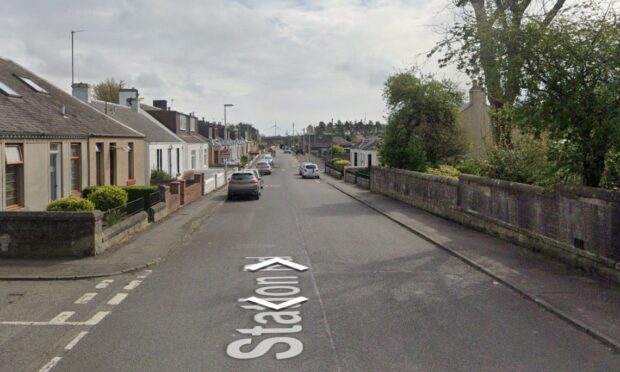




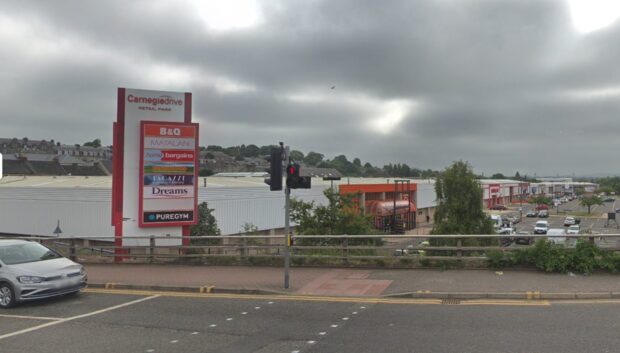



Conversation